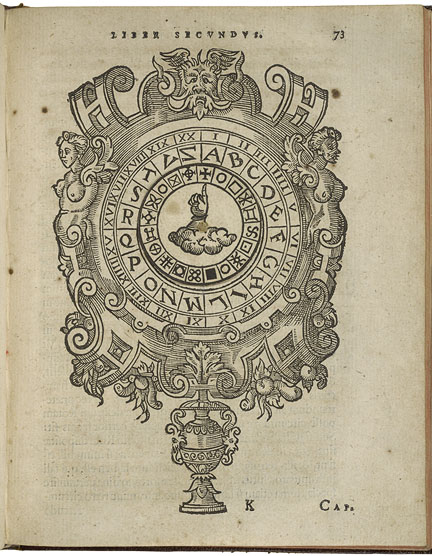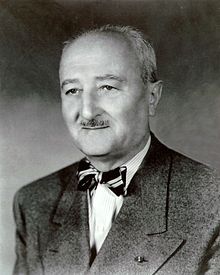Ever since Hans P. Kraus donated the Voynich Manuscript to Yale’s Beinecke Rare Book and Manuscript Library in 1969, it has been on an exceedingly short leash. (Has it even left New Haven? I don’t believe so.)
Well, that’s about to change. As part of a special “Decoding the Renaissance” exhibition at the Folger Shakespeare Library from 11th November 2014 to 1st March 2015, the Voynich Manuscript will be on show in Washington (free admittance, too!). The Folger people haven’t yet said how they plan to display it or illustrate it, but I’m sure they will be eager to make the most of this hens’-teethingly rare opportunity.

The overall exhibition is curated by Renaissance historian Bill Sherman (his excellent “John Dee: the Politics of Reading and Writing in the English Renaissance” sits on the shelf next to me as I type), who will be giving a ‘public panel’ discussion with Rene Zandbergen at 7.30pm on 11th November 2014 to open the exhibition (tickets to the talk at $10/$15 are already on sale).
But… why the Folger, why Washington, why the Voynich Manuscript? The answer is simple: what links all the parts of the exhibition is the famous Washington-based code-breaker William F. Friedman. From his early days working on Baconian claims at Colonel George Fabyan’s “Riverbank” complex, to his Index of Coincidence, to his work breaking the Japanese “Purple” code, and right through to his long-standing interest in the Voynich Manuscript, Friedman was a fascinating and complex character.

Hence anyone wanting to get the most out of the exhibition should probably prepare themselves with a second-hand copy of Ronald W. Clark’s (1977) “The Man Who Broke Purple”, a biography of William Friedman. It’s not the whole story (government codebreaker stories rarely are), and it skirts unsubtly around Friedman’s depression and related problems during WW2: but even so, it’s far from a bare-bones sketch, with plenty of meat for interested readers to sink their teeth into.
Do I wish I had got the public panel gig with Bill and Rene? Of course I do, I’m only human. But it turns out that even though this is all fascinating news in its own right, there’s much, much more afoot to do with the Voynich Manuscript that is planned to be played out during the remainder of 2014. So, much as I applaud the Folger’s exhibition’s honouring and celebrating the man who (very probably) was the greatest code-breaker of all time, this is in many ways merely the antipasto for a very much larger cryptological feast that is approaching…
…but more on that as it happens. Don’t say I don’t spoil you. 🙂


